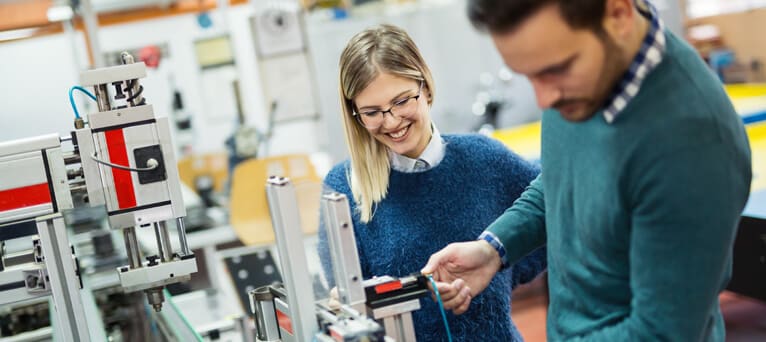Despite the high demand for neutron sources in a wide range of applications from material science to health-care [1, 2], the number of accessible neutron sources has decreased in the last years due to the phasing out of nuclear research reactors. This creates a substantial discrepancy between supply and demand for access to neutron facilities. In this perspective, intense-laser driven neutron sources have recently emerged as a compact and cost-effective alternative. Interaction of intense laser pulses (≥ 1018W/cm2 ) with micron thick foil targets generates short bursts of high flux ions with MeV energies, which can be directed to impinge on a converter target [3, 4] to create a brilliant source of neutrons. Recent experimental observations demonstrated beamed emission of high-flux neutrons ( ≥ 109/Sr) [3], favourable for many potential applications. However, the research in this field is limited to single-shot mode using large-scale laser facilities. This project aims to take the neutron source development to the next level by producing a stable neutron source at a high-repetition rate (above 1Hz). We will explore not only the aforementioned pitcher-catcher configuration, but other potential avenues such as in-target nuclear reactions employing emerging radiation pressure acceleration will also be explored. Starting with the characterisation of neutron generation by employing low-energy, ultra-short lasers, moderation of the fast neutrons to epithermal and thermal energies will be carried out in collaboration with the UK’s largest ISIS neutron facility.
The United Kingdom has been at the forefront in developing high-intensity lasers and laser-based radiation sources, such as electrons, ions and neutrons. In particular, laser-driven neutrons have been one of the key research activities of the supervisory teams from the Queen’s University of Belfast (QUB) and the Central Laser Facility (CLF), with a significant track record of high impact publications over the years. With a recently funded £80M grant by UKRI, MoD and industries, the CLF is currently building (scheduled operational in 2024) a state-of-art 10 Hz Petawatt laser system, EPAC (Extreme Photonics Applications Centre), which is aimed to provide a step-change in capability for laser-driven accelerator research in the UK.
The PhD student will work towards designing and developing neutron sources for EPAC. The student will be based at CLF (Oxfordshire, UK) and will have the unique advantage of using CLF’s facilities through their internal programs and availing the expertise within the ISIS neutron facility, located on the same campus. The student will also participate in experimental campaigns at other leading laser facilities, such as the pan-European laser infrastructures (ELI). Travel and accommodation costs for visiting laser facilities and attending conferences will be fully covered.
To apply, please complete online through our applications portal:
https://dap.qub.ac.uk/portal/user/u_login.php

 Continue with Facebook
Continue with Facebook




